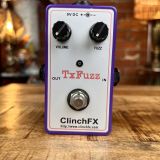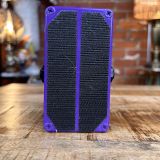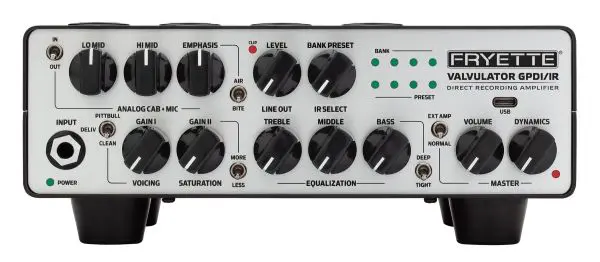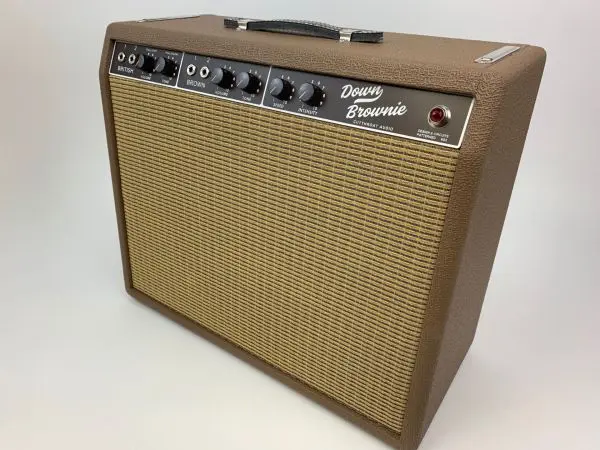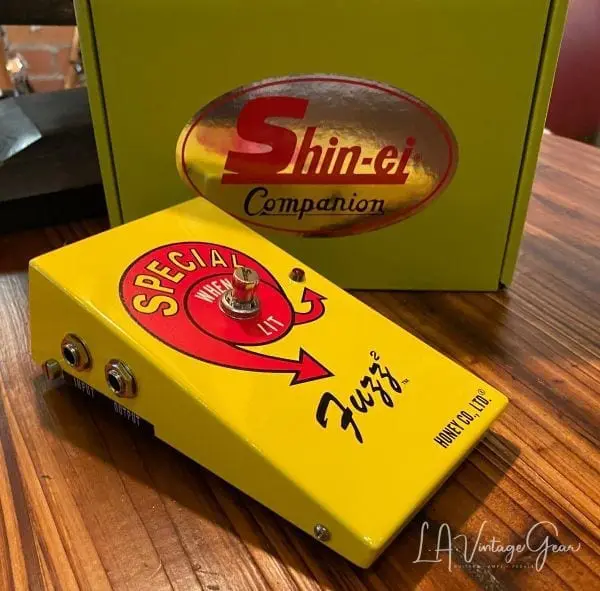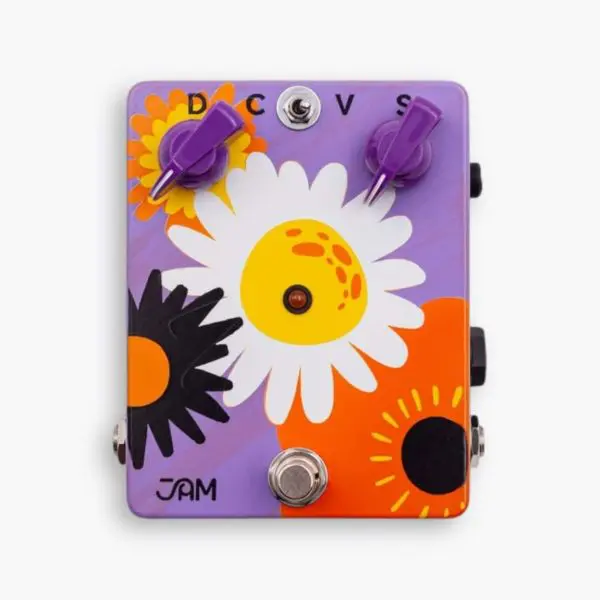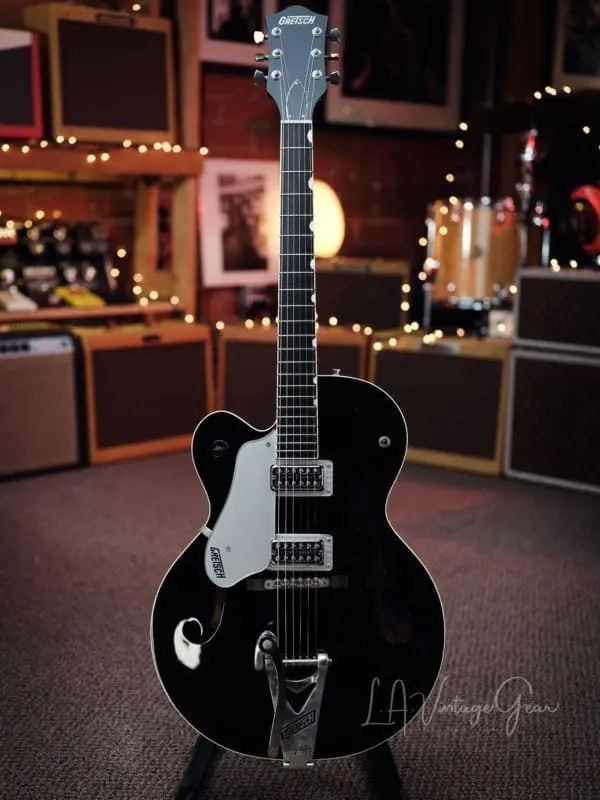TxFuzz Description The TxFuzz is based on the same Voltage Feedback Biasing topology that gave us the Fuzz Face, with one major difference. The TxFuzz as an output transformer. The story behind the TxFuzz is that, a few years ago, a friend persuaded me to build a silicon version of the Fuzz Face, just for fun. I was not very impressed with the Silicon Fuzz Face in its basic form, and even adding the various modifications from around the Internet didn’t help much. At best, there was very much a Solid State harshness to the tone. I had already designed the Blue Classic with transformer coupling to soften the harshness of overdriven transistors, so I decided to try a transformer in the Fuzz Face. The impedance of the transformer from the Blue Classic did not really suit the Fuzz circuit, but I soon found a transformer that sounds great and, as a bonus, gives a lot more output than the original circuit. Using an output transformer enabled me to separately optimize DC bias conditions and AC signal conditions. This allows the TxFuzz to cover a lot of ground, from Clean Boost with some “flavour” through Overdrive and Distortion to High Gain Sustaining Fuzz. Using the TxFuzz Stomp Switch The switch is 3PDT, True Bypass and has gold contacts for reliability. Note: The switch can assume a “half-operated” state if the plunger is bumped during travel and set-up. This is a characteristic of the switch mechanism and not a fault. Always fully operate the stomp switch once before using the pedal. Volume Control The Volume control works like most volume controls. When fully counter-clockwise, there is no output from the pedal. When fully clockwise, pedal output is maximum. Fuzz Control The Fuzz control varies the gain of the pedal. When fully counter-clockwise, pedal output is clean. As you rotate the control clockwise, gain will increase. Guitar Volume You will find the TxFuzz very responsive to guitar volume. Even with the Fuzz control set fully clockwise, the TxFuzz will clean up significantly when you back off the guitar volume. Similarly, the TxFuzz is much more sensitive to playing dynamics than a regular Fuzz Face
1206 Burbank Blvd. Burbank, CA 91506


